The 5 basic types of logo and how to use them
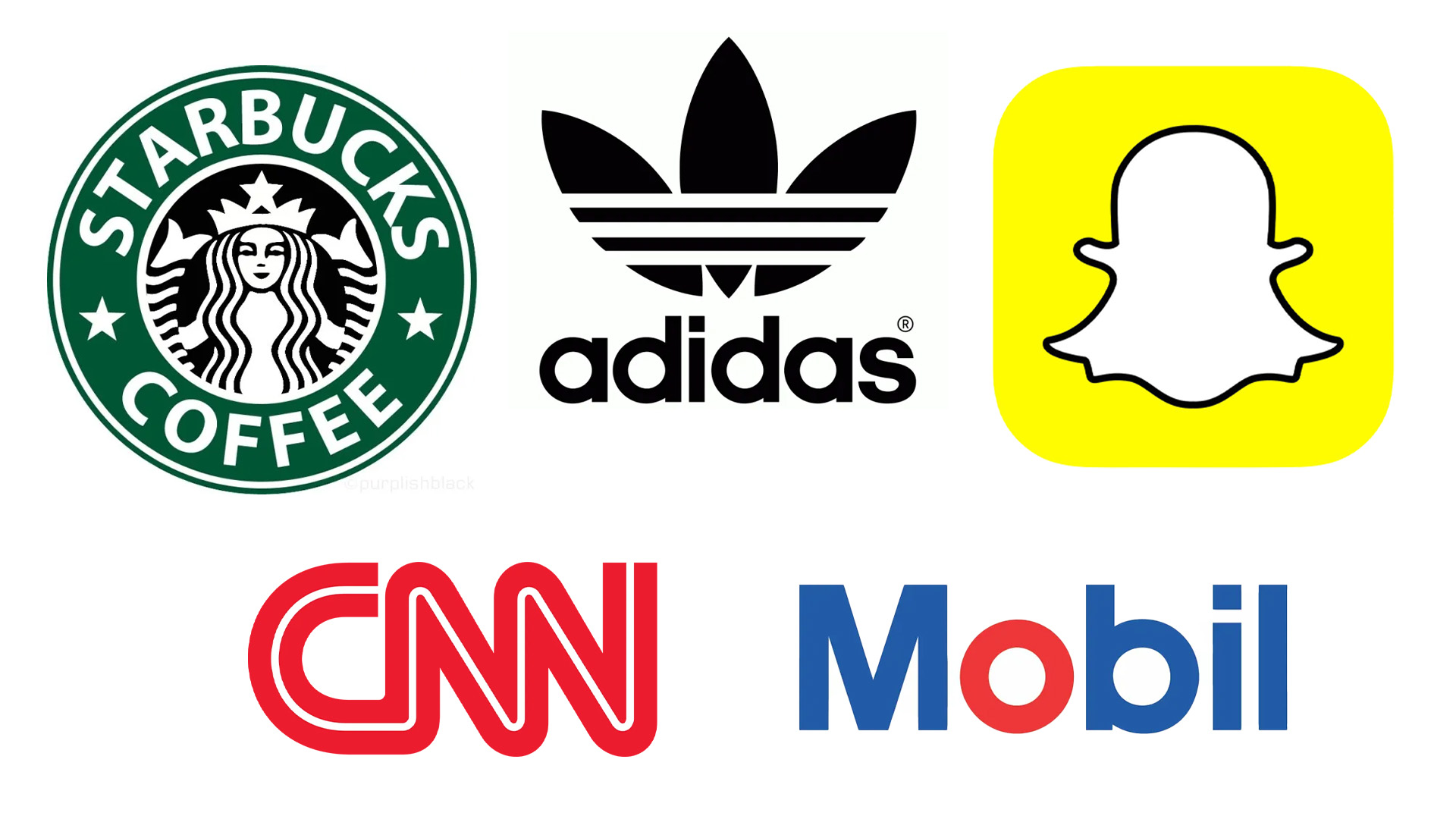
With so many different types of logo, it can be difficult to decide which style to choose when creating a new identity. Typically all logos fall into one of five broad categories: wordmarks, lettermarks, brandmarks, combination marks and emblems, and understanding these distinct types can help to inform your own logo designs.
In this article, we'll explain each logo type, the benefits of the style and when to use them. We'll also provide some notable examples to get the inspiration flowing. It's worth noting that not every logo fits into these five rigid categories – consider this a general guide to the basics. For more helpful advice, check out our guide on how to design a logo, and take a look at the best logos of all time to learn from the masters.
The five types of logo
01. Wordmark
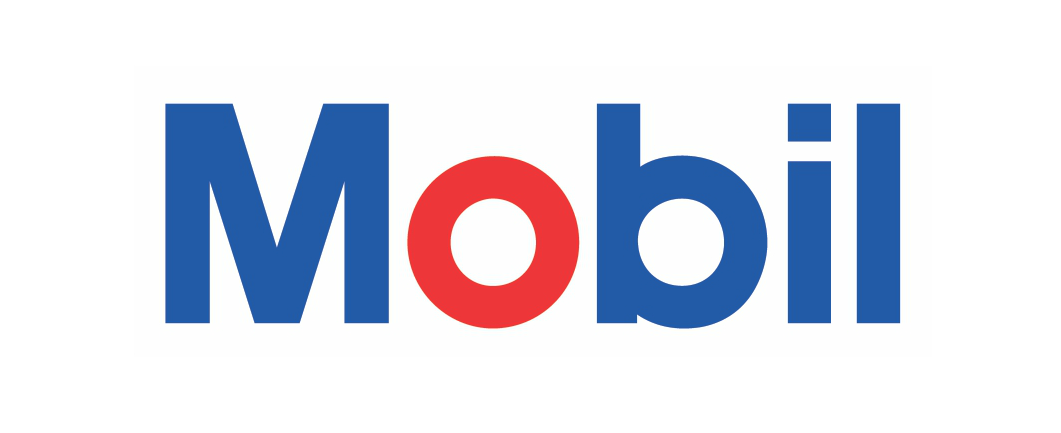
A wordmark, also known as a logotype, is in many ways the simplest type of logo, displaying the company’s name in text. They may be cursive/handwriting logos, which could be based on signatures, or they can be designed from custom fonts or (less commonly) existing fonts.
Famous examples include the logos for Coca-Cola, Disney, Mobil, Canon, Sony, Visa, Google, Facebook, Yahoo and Pinterest. Of course, logotypes still provide opportunities to get creative and incorporate clever visual references (just think of the FedEx logo with its hidden arrow).
For big brands, the simplicity of a type-only logo can convey a sense of confidence, history and stability. However, the wordmark can also be a good choice for a startup, as it contains the company's full name and helps to make it known. Once that name has become ubiquitous, though, it’s often the case that brand or company will switch to a…
02. Lettermark

Incorporating monogram logos and 3-letter logos, a lettermark logo is again made of text, but uses only the initials of the company or brand, rather than its full name. Famous examples include the logos for Cable News Network (CNN), Home Box Office (HBO), the National Aeronautics and Space Administration (NASA), Procter & Gamble (P&G), and Electronic Arts (EA).
As these examples suggest, a lettermark is a good choice for a company whose name is difficult to pronounce or too long to work as a logo in most media. This is an especially important consideration when it will need to shrink down to tiny sizes on mobile devices, for example.
Daily design news, reviews, how-tos and more, as picked by the editors.
Shortening a long company name to initials will also make it easier for your audience to remember your logo and name, especially in global markets. The challenge with both lettermarks and wordmarks, however, is to make them distinctive enough visually that they become instantly recognisable.
03. Brandmark
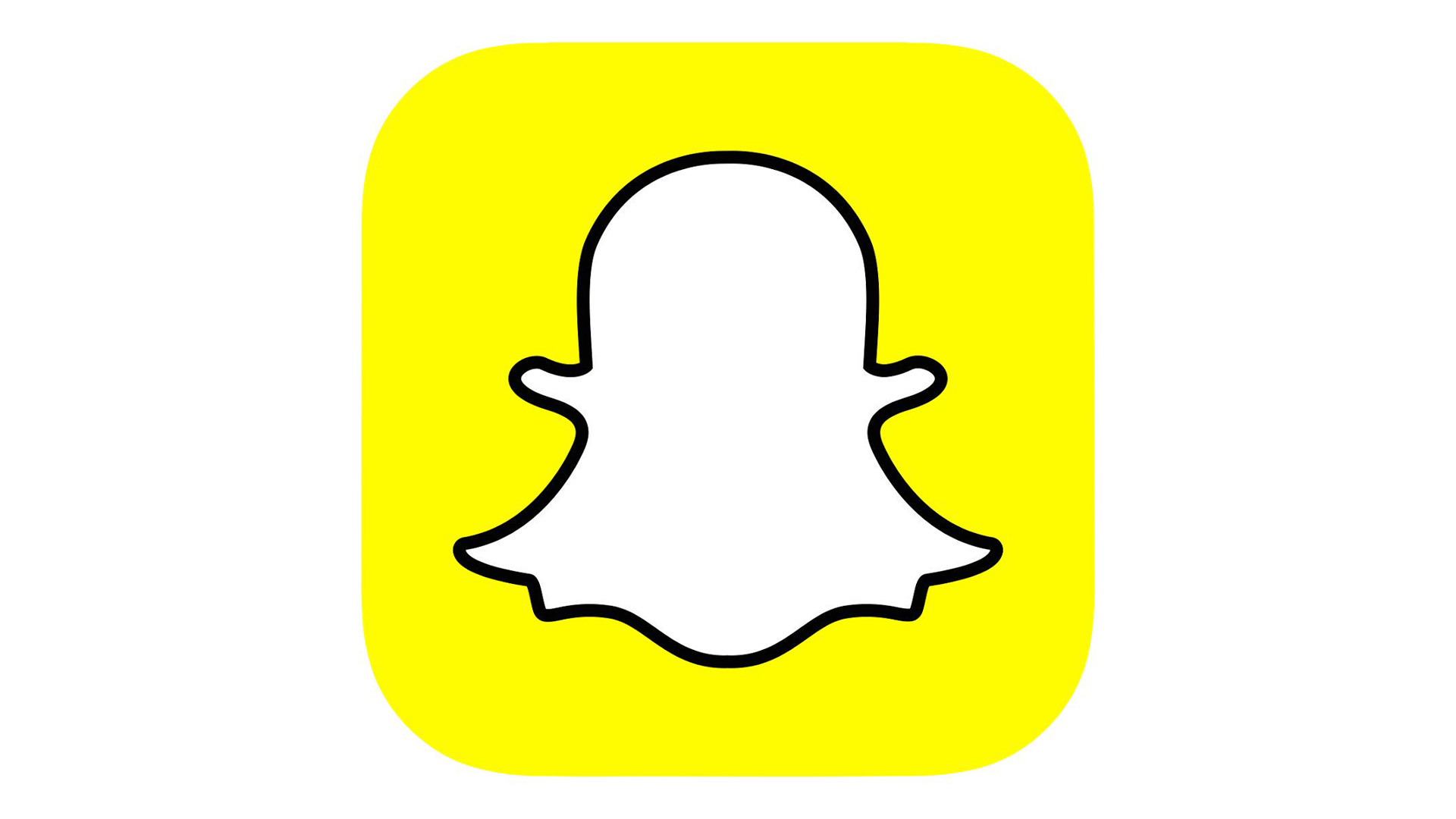
Also known as a pictorial mark, a brandmark is an image, icon or symbol that represents the company or brand, without actually spelling out the name in text. Famous examples include the Apple silhouette, the Target bullseye, the Nike ‘Swoosh’, the Red Cross symbol and the WWF panda.
A brandmark can be a great way for audiences to form a psychological connection to your brand, as the brain responds on a deeper, more instinctive level to an image than written text, which needs to be interpreted.
This principle can be seen, for example, in social media, where a symbol like the Twitter bird (R.I.P), the Snapchat ghost or the Instagram camera icon encourages people to share content they’ve encountered on a website almost unthinkingly.
Using only a symbol to explain your brand also has obvious advantages when it comes to serving a global market, as it can (in theory) be instantly understood everywhere in the world. The success of a brandmark, however, does rely on audiences knowing what the symbol means, so it’s a tricky thing to pull off for all but the best-known brands.
04. Combination mark
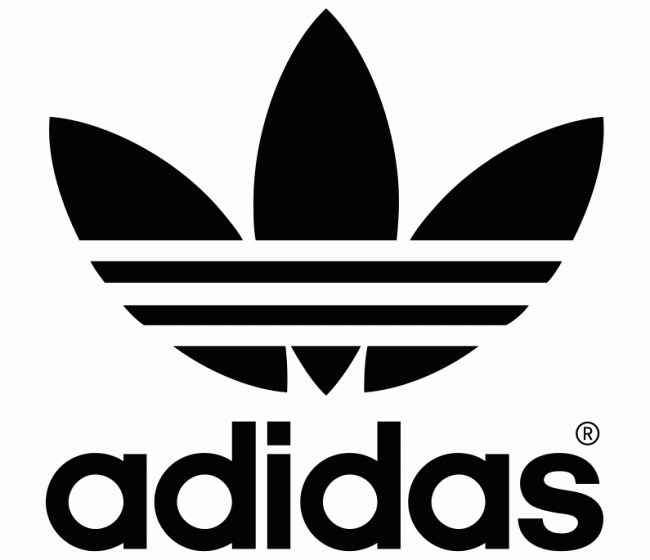
As the name suggests, a combination mark involves a combination of wordmark and symbol. Famous examples include the logos for Adidas, Doritos, Lacoste, Pizza Hut, Xbox, McDonald’s, Walmart, Microsoft and Domino’s Pizza.
Also known as iconic logotypes or lockups, combination marks mean you can convey a visual idea of what the brand represents, as well as making it clear what it’s called, so it’s particularly useful for new or less well-known brands. Its complexity also means it’s easier to trademark, and means your logo is more distinctive and less likely to be confused with other brands’ logos.
That same complexity, however, means it’s more difficult to reduce the design down to smaller sizes. Therefore it’s ideal if the different elements can used separately as well as in combination; the Adidas logo shown above is a perfect example of this.
05. Emblem
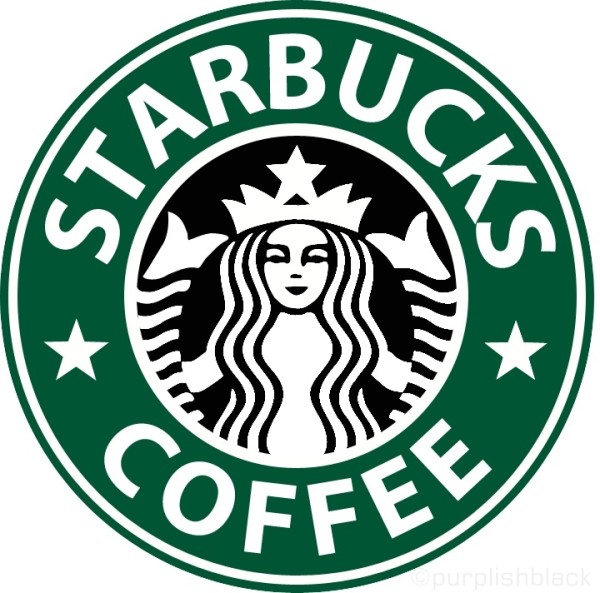
Like a combination mark, an emblem also involves both text and symbol, but in this case the text appears inside the symbol. Famous examples of emblems include the logos for Ford, the Starbucks roundel, Harley-Davidson, UPS, MasterCard, Burger King and the NFL.
Emblems are less flexible than combination marks, as their elements are typically difficult to separate out. Historically used by organisations such as schools, charities, sports teams and government agencies, and resembling a badge or seal, this style of logo can lend an air of authority and authenticity to a modern-day brand.
For more logo inspiration, check out these scrapped Threads logos that never saw the light of day. If you're after some fresh ideas to spark your creativity, take a look at the best new logos of 2024.

Tom May is an award-winning journalist and author specialising in design, photography and technology. His latest book, The 50th Greatest Designers, was released in June 2025. He's also author of the Amazon #1 bestseller Great TED Talks: Creativity, published by Pavilion Books, Tom was previously editor of Professional Photography magazine, associate editor at Creative Bloq, and deputy editor at net magazine.
- Georgia CogganEditor
